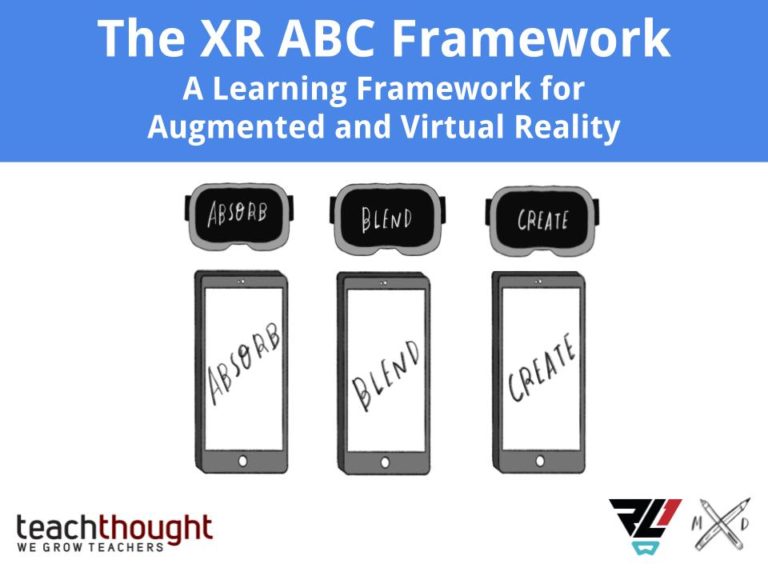While we have always known school to provide instruction and education, there are so many aspects of school to which we have been innocently naive. Most specifically, and most challenging to replicate in this currently physically isolated world, is the social aspect. Our students, our staff, and in many cases, our parents, are craving human interaction. In a time when Social and Emotional Learning (SEL) has taken a, rightfully so, priority in many districts, we need to ensure that we are addressing the social and emotional needs of our students during this unprecedented time of isolation. Facilitating this has been on of the most challenging aspects of “school” that we are facing within virtual learning.
While companies and businesses have been leveraging the world of Zoom and other video conferencing/ virtual meeting tools, education has remained static in the pre-industrial age classroom environment. Yes, we have incorporated more flexible learning spaces, like bean bag chairs, and collaborative learning environments, like white board tables, but at the end of the day, students attend a brick and mortar location where they are expected to physically attend classes throughout a scheduled day delivered by live instructors. So while teachers have been actively leveraging technology for years to educate their students, they have done so with a live in-person delivery. Never have our teachers needed to provide remote virtual instruction through live stream video conferencing. This is a new and foriegn concept to many and one which requires both support and an afforded learning curve.
This is not to say that teachers and districts are not trying. Many have adopted some variation of video conferencing to provide that human element of learning to those students who are currently homebound. Those districts who have not yet taken this approach will more than likely quickly catch up. In a day and age where human interaction is only a few clicks away, there is no reason not to take the opportunity. The solutions that many have in place are to use tools like Google Meet and/or Zoom to host a “morning meeting” or live instruction during the proverbial school day. Also teachers are using tools like FlipGrid and Periscope to connect with each other in hopes of sparking the part of the brain that reacts to human interaction. It has been a challenge, to say the very least. But a challenge that is well worth enduring as we try to provide some normalcy for our students.
It is the responsibility of schools and districts and their leadership to empower teachers to leverage these technologies to meet the social and emotional needs of our students. School leadership should be modeling these tools for their teachers, holding staff meetings using Zoom, Meet or another conferencing tool of choice. Superintendents should be doing the same with their building and district leadership. We should be empowering each other, building confidence and proficiency, and supporting one another in creatively serving our children and communities in this time of crisis. In a world where we can be always connected, we must ensure that we do not become completely disconnected.
In addition to my roles as a principal and a director of technology & innovation, I also am a small business owner. Ready Learner One, specializes in using emergent technology to support learning across all age levels. In considering the types of technology that we have worked to promote in what was once considered a “normal” education sphere, we are now considering how emergent technology can be used to keep people feeling connected. If we can leverage technology like virtual reality as a means of keeping people connected to each other during periods of social distancing and isolation, then the technology’s power can be far greater than just an educational impact. We could be supporting the social and emotional well-being of people, globally, through the use of emergent technology. What is missing is accessibility and comfort level which is what we as a company, and as an educational community, need to foster in an effort to keep everyone connected in this currently distanced world. Meanwhile, as we consider the tools that are at the fingertips of our teachers and students, we must focus on building proficiency, comfort, and meaningful implementation.
The Ready Learner One team is proud to offer you the following focused compilation of resources to assist you with your deployment of Google Meet and/or Zoom.
Stay tuned for tomorrow’s post in the Ready Virtual Learner One Series focusing on “Turning it in, from a distance: Workflow Through Google Classroom”. Wishing you good health!
| Video Conferencing Resources Google Meet – Google Meet is a video conferencing app. It is the business-oriented version of Google’s Hangouts platform. Google Meet integrates with G Suite versions of Google Calendar and Gmail and shows the complete list of participants and scheduled meetings. – Cheat Sheet (getting started) – Mute a participant’s mic in Meet – Present your screen during a Google Meet – Use captions in a Google Meet – Google Meet Tutorial Video from CLB Zoom: Zoom is another video chatting tool that offers more controls for managing any online video chat you may want to use with students. – Zoom Video Tutorials – Tips & Tricks: Teachers Educating on Zoom – How to Use Zoom for Online Learning – Safety Settings for Zoom |
Want to learn more? Contact Ready Learner One today.
About the author: Christine Lion-Bailey is the Chief Strategy Officer for Ready Learner One LLC and a Director of Technology & Innovation in New Jersey. She is also is the coauthor of Reality Bytes: Innovative Learning Using Augmented and Virtual Reality. Christine is an advocate for innovative thought and practices in learning, both through instruction and leadership, across K-12, higher ed, and corporate spaces. Follow Christine on Twitter at @clionbailey.


